Skiing is getting a makeover. More skiers are ditching long, bulky skis for shorter, lighter options like short skis, snowblades, and Snowfeet*. Why? They’re easier to carry, cheaper, and way simpler to use. Plus, they work with regular winter boots - no need for expensive gear.
Here’s the quick rundown:
- Shorter gear is lighter (2.2–6.6 lbs vs. 14–20 lbs for long skis).
- Costs less: Snowfeet* options start at $250, compared to $800+ for long skis.
- No special boots: Use your regular winter shoes or snowboard boots.
- Fits in a backpack: No roof racks or ski bags needed.
- Beginner-friendly: Easier to learn, safer, and less tiring.
Snowfeet* is leading the charge with compact products like Mini Ski Skates (38 cm), Skiblades (99 cm), and Short Skis (120 cm). They’re perfect for tight turns, moguls, and even backyard fun. Whether you're a first-timer or a seasoned skier, shorter gear offers a simpler, more fun way to hit the snow.
Want to skip the hassle of traditional skis? Shorter gear might be your answer.
What Are Short Skis, Snowblades, and Snowfeet* Gear?

Short Skis and Snowfeet* Products Explained
Short skis are, as the name suggests, much shorter than the traditional alpine skis we’re used to seeing. While regular skis typically measure between 59 and 75 inches (150–190 cm) in length, short skis range from just 15 to 47 inches (38–120 cm). That size difference makes a big impact on how you move on the snow.
Snowfeet* has really made a name for itself in this space with its lineup of compact, easy-to-use products. Their Mini Ski Skates come in two sizes - 15 inches (38 cm) and 17 inches (44 cm) - and are designed to work with regular winter shoes. They also offer Skiblades, available in 26-inch (65 cm) and 39-inch (99 cm) options, and Short Skis that max out at 47 inches (120 cm). What’s great? You don’t need expensive ski boots. Snowfeet* gear is compatible with your everyday winter footwear, snowboard boots, or even ski boots, thanks to adjustable bindings.
This setup not only makes skiing more accessible but also saves you money. Think about it: a typical ski resort charges $50–$80 to rent boots. For a family, that can add up to $200–$300 in just one trip. With Snowfeet*, you skip that cost entirely by strapping the gear onto shoes you already own.
This innovative approach makes Snowfeet* gear a standout alternative to traditional long skis. Let’s dive into how they compare.
Long Skis vs. Short Skis and Snowblades
When you compare short skis to traditional long skis, the benefits of portability and ease of use become crystal clear. Traditional alpine skis from brands like Rossignol, K2, and Salomon range from 59 to 75 inches (150–190 cm) and can weigh 14–20 pounds when paired with boots. They often require a roof rack for transport and can be a hassle to handle. On the other hand, Snowfeet* gear weighs just 2.2–6.6 pounds and fits neatly into a standard backpack.
Long skis are designed for big, sweeping turns and require plenty of open space to maneuver. Snowfeet* gear, by contrast, is built for agility. You can make quick pivots, sharp turns, and fast adjustments, which makes it perfect for navigating tight spaces like forest trails, moguls, or terrain parks.
| Feature | Traditional Long Skis | Snowfeet* Short Skis |
|---|---|---|
| Length | 59–75 inches (150–190 cm) | 15–47 inches (38–120 cm) |
| Weight | 14–20 lbs (with boots) | 2.2–6.6 lbs |
| Boot Requirement | Specialized ski boots ($300+) | Regular winter shoes/snowboard boots |
| Transport | Roof rack required | Fits in a backpack |
| Learning Curve | Weeks to months | Hours to days |
This comparison shows why Snowfeet* gear is quickly gaining popularity among skiers in the U.S.
Key Features of Snowfeet* Gear
Snowfeet* products are all about making skiing more accessible and fun. Unlike traditional ski brands that focus on speed and carving precision, Snowfeet* puts the spotlight on portability and versatility.
One standout feature is the adjustable binding system, which fits shoe sizes ranging from US 6 to 13. Whether you’re wearing winter boots or snowboard boots, the ratchet-style bindings make it easy to strap in and get going.
The construction varies across their product range. The Mini Ski Skates are made with lightweight composite materials, making them ideal for beginners or casual users. The Skiblades feature a wood core for better durability and performance, while the Short Skis are built with high-quality materials similar to traditional alpine skis, but in a much more manageable size.
Snowfeet* gear shines in its versatility. You can use it on groomed runs, in terrain parks, on moguls, and even for cross-country skiing. It’s playful, responsive, and encourages creative movements on the slopes. While long skis are better suited for deep powder, Snowfeet* addresses this with its specialized "POWDER | 99 CM" Skiboards, which are designed specifically for powder conditions.
Another major win is the price. Mini Ski Skates start at $250, which is a fraction of the cost of a traditional ski setup, often priced between $800 and $1,500. By choosing Snowfeet*, you’re not just buying gear - you’re stepping into a whole new winter sport. The founders, Zbynek and Michael, even dream of turning skiskating into an Olympic event someday.
With these features, Snowfeet* gear is redefining skiing for anyone looking for a simpler, more affordable way to hit the slopes. It’s no wonder so many U.S. skiers are making the switch.
Snowfeet* Snowblades | Skiboards | Skiblades | Short Skis - All you need to know
Why Skiers Are Choosing Short Skis and Snowblades
Skiers are gravitating toward shorter gear for good reasons: it's easier to carry, simpler to use, works on various terrains, and costs less. Let’s break it down and see why these advantages make such a difference on the slopes.
Easy to Carry and Store
Snowfeet* gear is all about portability. Unlike traditional skis from brands like Rossignol or Salomon - which are often described as “clunky and heavy” or “bulky” - Snowfeet* products are compact and lightweight. Long skis usually require roof racks, special ski bags, and ample storage space. Not exactly convenient.
In contrast, Snowfeet* Mini Ski Skates are just 15 inches (38 cm) long and fit neatly into a backpack. This makes them perfect for spontaneous trips or air travel. Plus, their lightweight design means no more lugging heavy equipment from your car to the lodge or up a backcountry trail.
For skiers in the U.S. who enjoy road trips to places like Colorado or Vermont, this portability is a game-changer. You can pack several pairs of Snowfeet* gear in your car's trunk, leaving room for other essentials. Families especially benefit - no need for a giant SUV or rooftop cargo box just to fit everyone’s gear.
Simple to Learn and Use
Snowfeet* products have a much gentler learning curve compared to traditional skis. Many users report being able to “get the hang of it on the first day”. That’s a big contrast to the steeper learning process of mastering long skis.
The shorter length of Snowfeet* skis makes them easier to control, allowing for quicker turns and faster progress. Beginners often feel more stable, as the design helps keep their center of gravity steady. This leads to “increased stability and fewer falls, making the learning process safer and more enjoyable”. The natural stance required for Snowfeet* gear also reduces strain, making it less tiring for new skiers.
And here’s a bonus: these products are forgiving. Beginners are “less likely to catch an edge or lose balance”. For added support, ski poles can be used to help maintain balance during those first few runs, giving beginners an extra boost of confidence.
Works on Different Terrains
Another standout feature of Snowfeet* gear is its ability to adapt to a variety of terrains. While traditional skis are mainly designed for groomed slopes and deep powder, Snowfeet* products can handle groomed runs, terrain parks, moguls, cross-country trails, and even your backyard after a snowstorm.
This versatility comes from a design that prioritizes control and agility. Users often find maneuvering with Snowfeet* gear to feel “very natural and less clunky than with long skis”. For powder lovers, the "POWDER | 99 CM" Skiboards are specifically designed to handle deep snow conditions. Whether you’re hitting the slopes or exploring off-piste, Snowfeet* gear lets you switch terrains without missing a beat.
More Affordable Than Long Skis
Let’s talk money. Snowfeet* gear is significantly cheaper than traditional ski setups. Mini Ski Skates start at $250, while a full set of traditional skis typically costs between $800 and $1,500. That’s a fraction of the price.
The savings don’t stop there. Traditional skiing often requires specialized ski boots, which can cost $300 or more. Renting boots at a resort isn’t cheap either, with daily rates ranging from $50 to $80. For a family of four, that’s $200–$300 just for one day of boot rentals. Snowfeet* gear eliminates this expense entirely since you can use your existing winter shoes or snowboard boots.
The adjustable bindings on Snowfeet* products fit shoe sizes from US 6 to 13, so one pair can work for multiple family members - even as kids grow. This flexibility means you won’t have to keep replacing gear as often, stretching your dollar further.
Here’s a quick cost comparison:
| Cost Comparison | Traditional Ski Setup | Snowfeet* Setup |
|---|---|---|
| Initial Equipment | $800–$1,500 | $250–$775 |
| Boot Requirement | $300+ ski boots | Use existing winter shoes |
| Daily Boot Rental | $50–$80 per person | $0 |
| Family of 4 Boot Rental (1 day) | $200–$320 | $0 |
| Transport Equipment | Roof rack required ($200+) | Fits in backpack |
With Snowfeet* gear, you can outfit your whole family for less than the cost of one high-end traditional ski setup. That’s why more skiers in the U.S. are making the switch to Snowfeet* - and loving it.
sbb-itb-17ade95
Common Myths About Long Skis
There’s a lot of chatter in the ski world about the supposed superiority of long skis. But here’s the thing: shorter alternatives, like Snowfeet* gear, often outperform them in ways that matter most to the average skier. Let’s break down some of the biggest myths about long skis and see why shorter gear, especially from Snowfeet*, deserves a second look.
Myth: Long Skis Are More Stable
The idea that longer skis offer better stability at high speeds often gets thrown around. And sure, at extreme speeds, that might hold true. But let’s be real - most recreational skiers don’t hit those kinds of speeds often enough for it to matter.
Short skis, like Snowfeet* short skis and Snowblades, challenge this assumption. Thanks to modern designs, they deliver impressive stability while also offering unmatched agility. Their shorter length makes quick turns and precise movements a breeze, giving skiers more confidence on a variety of terrains. For example, Snowfeet* Skiblades feature a wider base for added balance, while Snowfeet* Skiskates are specifically designed to enhance stability. So, unless you’re a speed demon on the slopes, shorter skis might actually be the better choice.
Myth: Advanced Skiers Need Long Skis
Another common belief is that advanced skiers can only perform at their best with long skis. But unless you’re training for Olympic-level competitions, long skis often feel more like a burden than a benefit. The Snowfeet Team sums it up perfectly:
"If you are not currently training for the Olympics, you will probably not appreciate the advantages of long skis. Even if, as an expert, you may think you've already mastered everything, skiboards can extend your skiing experience. Maybe carving fast turns with your hand dragging in the snow or riding through the forest paths, there are no bad conditions for these."
- Snowfeet Team
For experienced skiers, shorter skis open up a whole new world of possibilities. They’re perfect for tricks, quick maneuvers, and even navigating challenging terrain like moguls. Take Jimmy, for example - an experienced skier who found his 99 cm Skiblades made moguls easier to handle and were gentler on his knees. That’s the kind of flexibility long skis just can’t match.
Myth: Long Skis Are Better for Deep Snow
Here’s another one: long skis are supposedly the only option for floating through deep powder. While it’s true that flotation is important, shorter skis like Snowfeet* POWDER Skiboards are designed to handle these conditions just as well. With optimized width, rocker profiles, and flex patterns, they provide excellent flotation in powder while staying nimble enough for tighter spaces.
Unlike traditional powder skis - which can feel bulky and awkward in confined areas - Snowfeet* POWDER Skiboards strike a balance between deep-snow performance and overall maneuverability. Whether you’re gliding through fresh powder or cruising groomed trails, these versatile skis have you covered.
How to Choose the Right Snowfeet* Gear
If you're looking to keep things simple yet effective on the slopes, Snowfeet* gear might just be what you need. With all the chatter about shorter skis, you might be wondering which Snowfeet* product fits your style. The great news? There's an option for everyone - whether you're just starting out or you're a seasoned skier ready to try something new. Here's a breakdown to help you choose the best match based on your skill level, riding style, and where you plan to hit the snow.
Snowfeet* Mini Ski Skates (38 cm, 44 cm)
The Mini Ski Skates are compact, measuring 38 cm and 44 cm, and they’re light enough to toss into your backpack. Compared to traditional skis from brands like Rossignol or K2, these are a breeze to carry around.
- 38 cm Mini Ski Skates: Starting at $250, these are perfect for beginners eager to explore snow sports without the hassle of long skis. They’re great for backyard fun, local parks, or even snowy urban spots where traditional skiing isn’t practical.
- 44 cm Skiskates: Priced from $575, these offer a bit more stability while keeping that ultra-portable design intact.
Both sizes are ideal for frequent travelers, apartment dwellers, or anyone who wants to avoid the headache of hauling long skis. They’re so compact that you can even pack them in your carry-on luggage - no roof racks required.
Snowfeet* Skiblades (65 cm, 99 cm)
For those craving versatility, Skiblades are a solid choice. These shorter skis deliver great performance across different terrains.
- 65 cm Skiblades: Starting at $635, these are all about maneuverability. They’re perfect for carving turns, tackling snow parks, and pulling off tricks.
- 99 cm Skiblades: At $675, these bring more stability for higher speeds while still offering the agility that makes shorter skis so fun. They’re great for intermediate to advanced skiers who want a compact setup without sacrificing performance.
Both sizes work well on groomed trails, snow parks, and even moderate powder. If you’re used to traditional brands like Volkl or Head, the 99 cm option is a fantastic way to experience the freedom of shorter gear.
Snowfeet* Short Skis (120 cm)
The 120 cm Short Skis, priced at $775, offer a more traditional skiing experience in a smaller package. They’re ideal for skiers who aren’t quite ready to jump into ultra-short gear but still want something more manageable than the typical 160–180 cm skis.
These skis strike a nice balance - they provide stability at moderate to high speeds while being easier to control in tight spots or moguls. Plus, at 120 cm, they fit in most cars without needing to remove bindings, which is a huge convenience compared to longer skis from brands like Dynastar or Blizzard.
| Snowfeet* Model | Length | Price | Best For | Key Advantage |
|---|---|---|---|---|
| Mini Ski Skates | 38 cm | From $250 | Beginners, urban use | Compact and portable |
| Skiskates | 44 cm | From $575 | Casual skiing, tricks | Backpack-friendly design |
| Skiblades | 65 cm | From $635 | Snow parks, carving | Excellent maneuverability |
| Skiblades | 99 cm | From $675 | All-mountain riding | Balance of speed and agility |
| Short Skis | 120 cm | $775 | Traditional skiers | Familiar feel with a smaller size |
Now that you’ve got the basics, let’s talk about some practical tips for U.S. skiers.
Tips for U.S. Skiers
Traveling with Snowfeet* gear is refreshingly simple compared to traditional skis. Most models fit into standard luggage, so you can skip the oversized baggage fees and enjoy a hassle-free trip. Plus, they’re compact enough to fit in smaller cars and require minimal storage at home.
When it comes to boots, compatibility is a breeze. While traditional ski boots work great, many Snowfeet* products are designed to pair with regular winter boots, snowboard boots, or even hiking boots. So, if you’re just starting out, you won’t need to splurge on pricey ski boots - your favorite winter boots will do the trick!
Conclusion: The Future of Skiing with Snowfeet*
For decades, traditional skiing gear has been defined by long, heavy skis and cumbersome setups. But now, more skiers are embracing the lightweight, portable design of Snowfeet*, signaling a shift in how we approach the slopes.
Skiing doesn’t have to be complicated. With options like the 99 cm Skiblades for carving through groomed trails or the 44 cm Skiskates for cruising around parks, Snowfeet* makes winter sports more accessible and enjoyable for everyone. No bulky equipment, no hassle - just pure fun.
The portability and affordability of Snowfeet* gear are game-changers. Compared to traditional setups, it’s easier to carry, simpler to use, and far less expensive, making it a practical choice for skiers looking to simplify their experience without sacrificing the thrill.
Snowfeet* isn’t just introducing a new product - it’s shaping a new way to enjoy winter sports. By 2026, more U.S. skiers are expected to trade in their old, cumbersome gear for the smarter, sleeker Snowfeet* alternative.
The future of skiing is here, and it’s lighter, smarter, and way more fun. With its ease of use, affordability, and versatility, Snowfeet* isn’t just redefining skiing - it’s setting the standard for what’s next.
FAQs
How do Snowfeet* products perform compared to traditional long skis on different terrains?
Snowfeet* products, like Skiblades and Skiskates, are all about agility and control - especially when you're navigating tight or crowded slopes. Thanks to their shorter length, they’re a breeze to maneuver, making quick turns feel effortless compared to traditional long skis. Whether you're into freestyle skiing, exploring urban spots, or just cruising down casual slopes, these are a game-changer.
Another big bonus? Snowfeet* gear is lightweight and super portable. You can easily carry them around without breaking a sweat, making them a great choice for skiers who want convenience without giving up performance. While long skis might be the go-to for deep powder or high-speed downhill thrills, Snowfeet* stands out for its versatility, delivering a fun and dynamic ride across different terrains and styles.
How does Snowfeet* gear save you money compared to traditional skiing equipment?
Switching to Snowfeet* gear could save you some serious cash compared to traditional ski equipment. With prices ranging from $140 to $650, Snowfeet* products are designed to work with your regular winter boots - no need to splurge on pricey, specialized ski boots.
Now, think about this: renting skis usually runs you $40 to $60 per day. Over a season, that adds up fast. Snowfeet* gear offers a budget-friendly, long-term option for those who want to hit the slopes without emptying their wallet - all while keeping the fun and performance intact.
Are Snowfeet* products beginner-friendly, and what can new users expect in terms of ease and stability?
Snowfeet* gear is perfect for beginners dipping their toes into the world of skiing or snow sports. Their small, lightweight design makes them super easy to carry, control, and store. Plus, they take a lot of the stress out of learning compared to traditional skis or snowboards.
For those just starting out, Snowfeet* are much easier to handle, letting you focus on gaining confidence and nailing the basics without feeling overwhelmed. And if you’ve ever ice skated or played hockey, you’ll feel right at home - Snowfeet* mimic the smooth, gliding motion of skating on snow. They’re a fun and approachable way to enjoy the slopes, especially for first-timers.







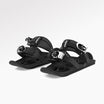
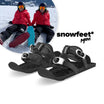

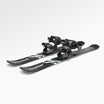

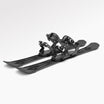

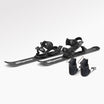






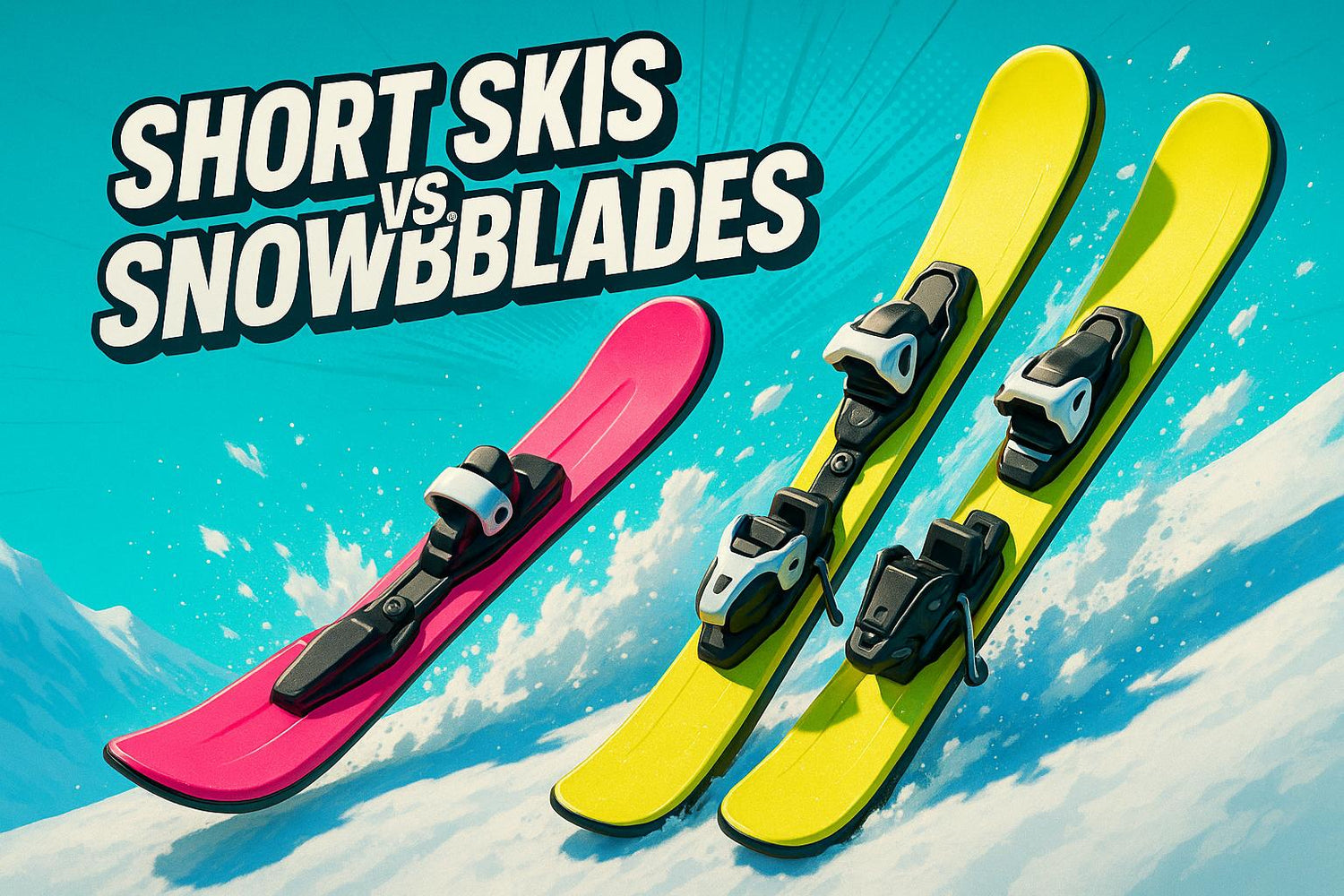
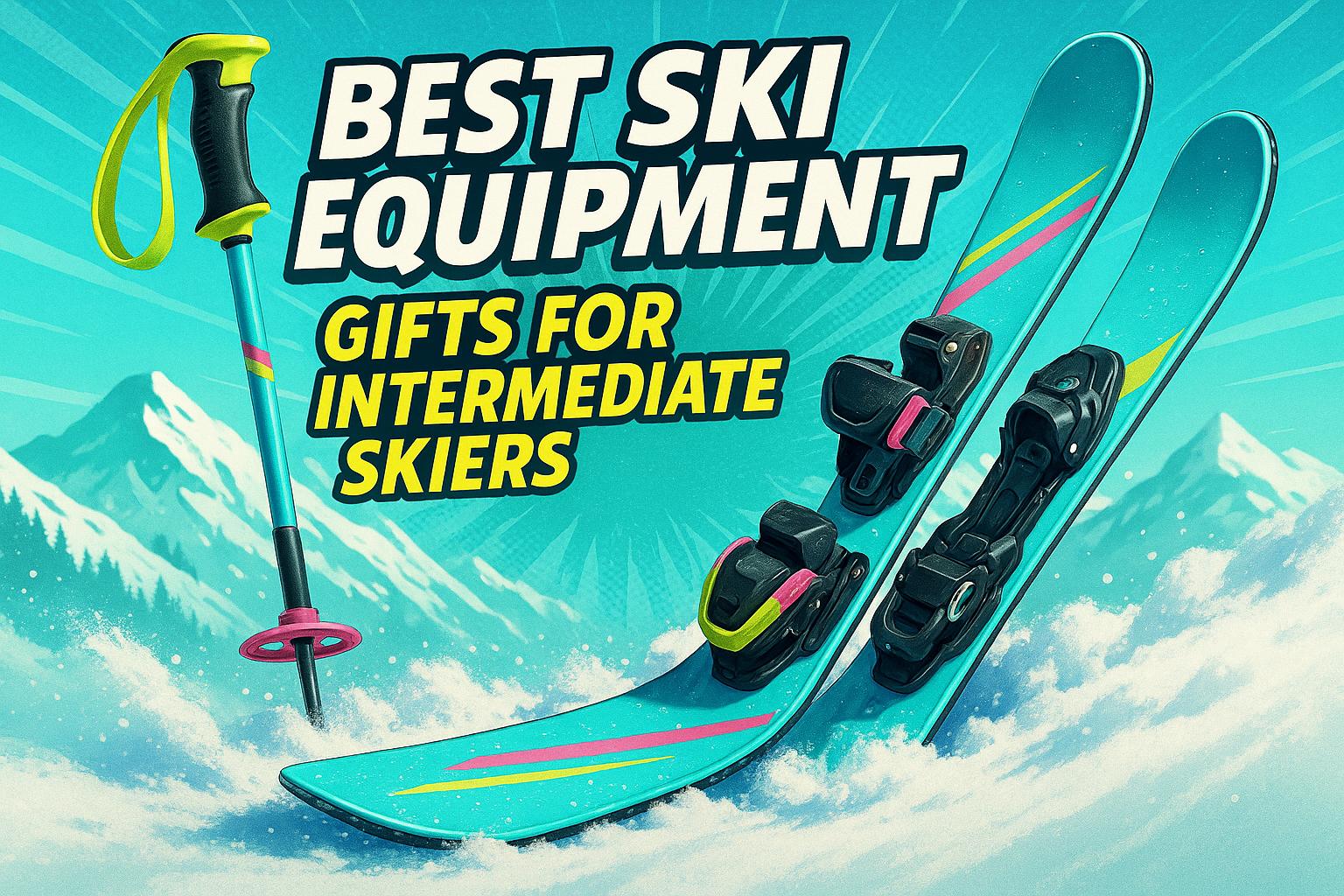





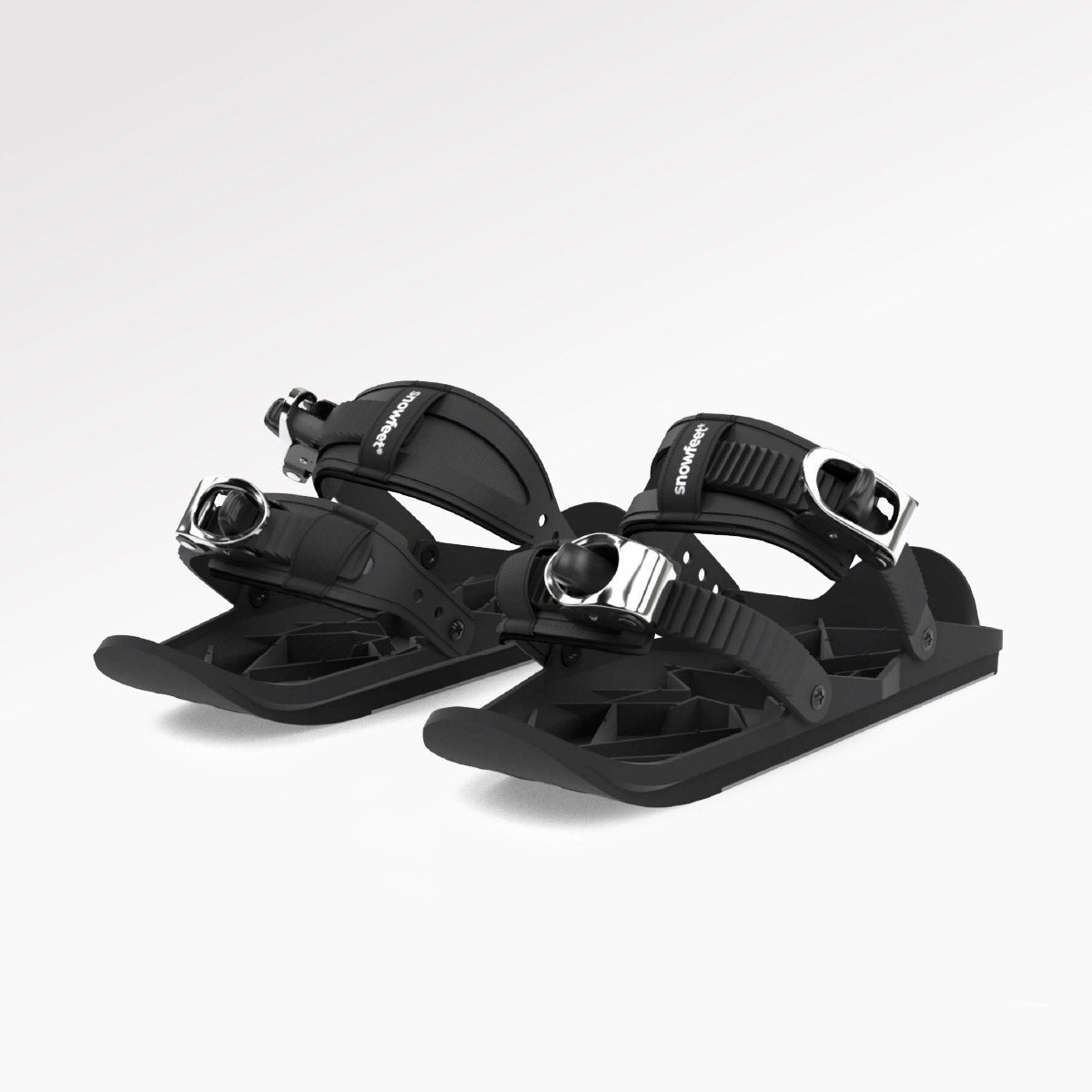
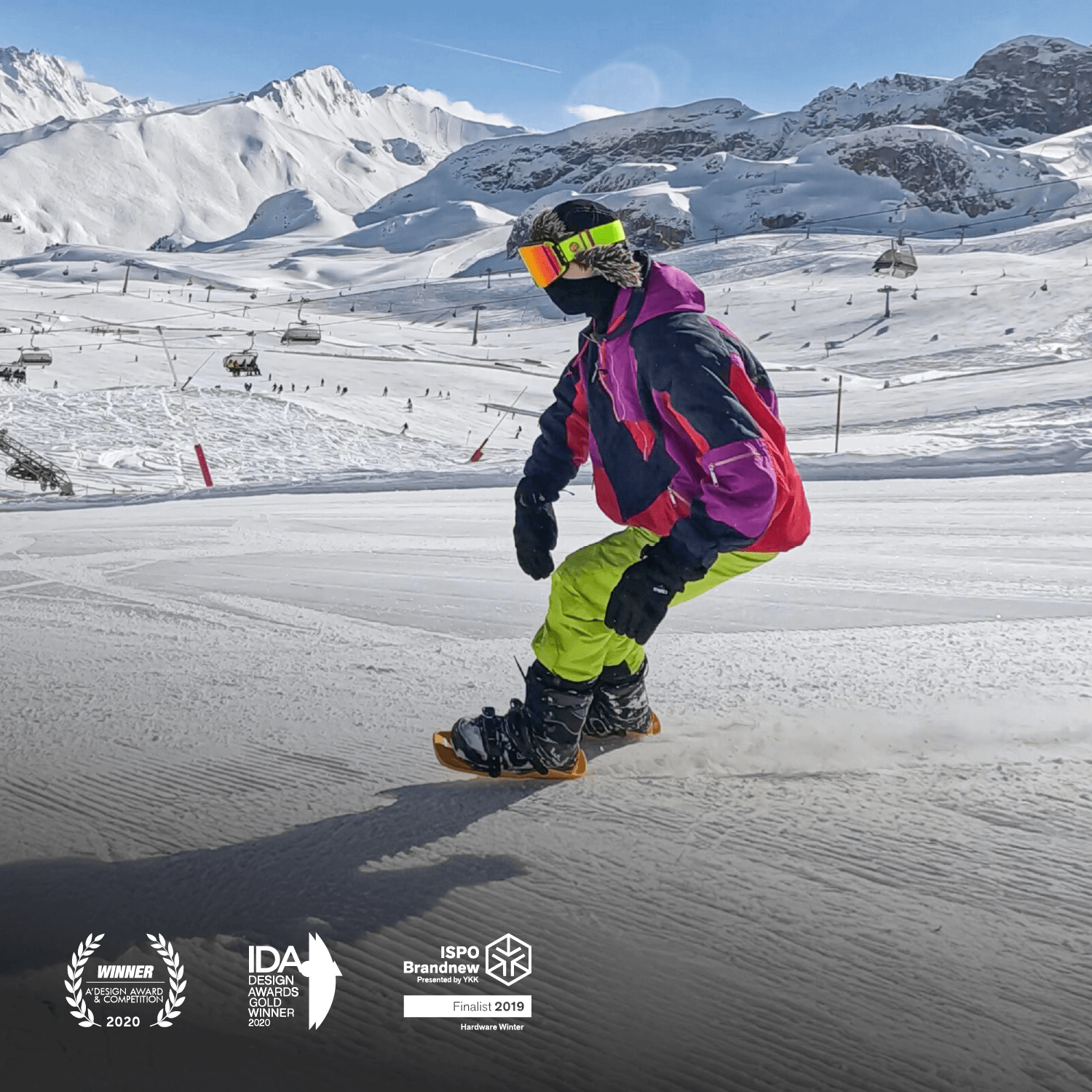


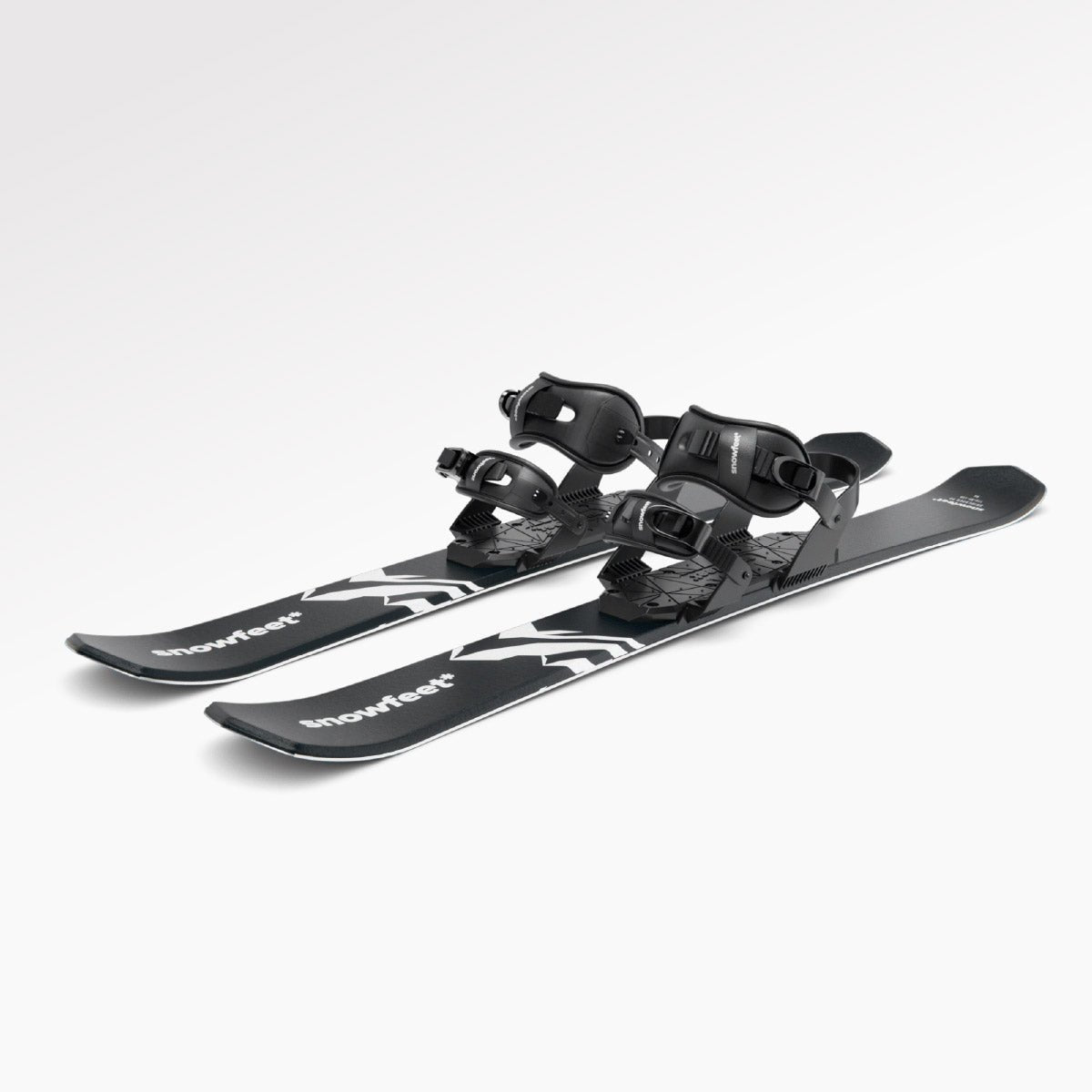

Leave a comment
This site is protected by hCaptcha and the hCaptcha Privacy Policy and Terms of Service apply.